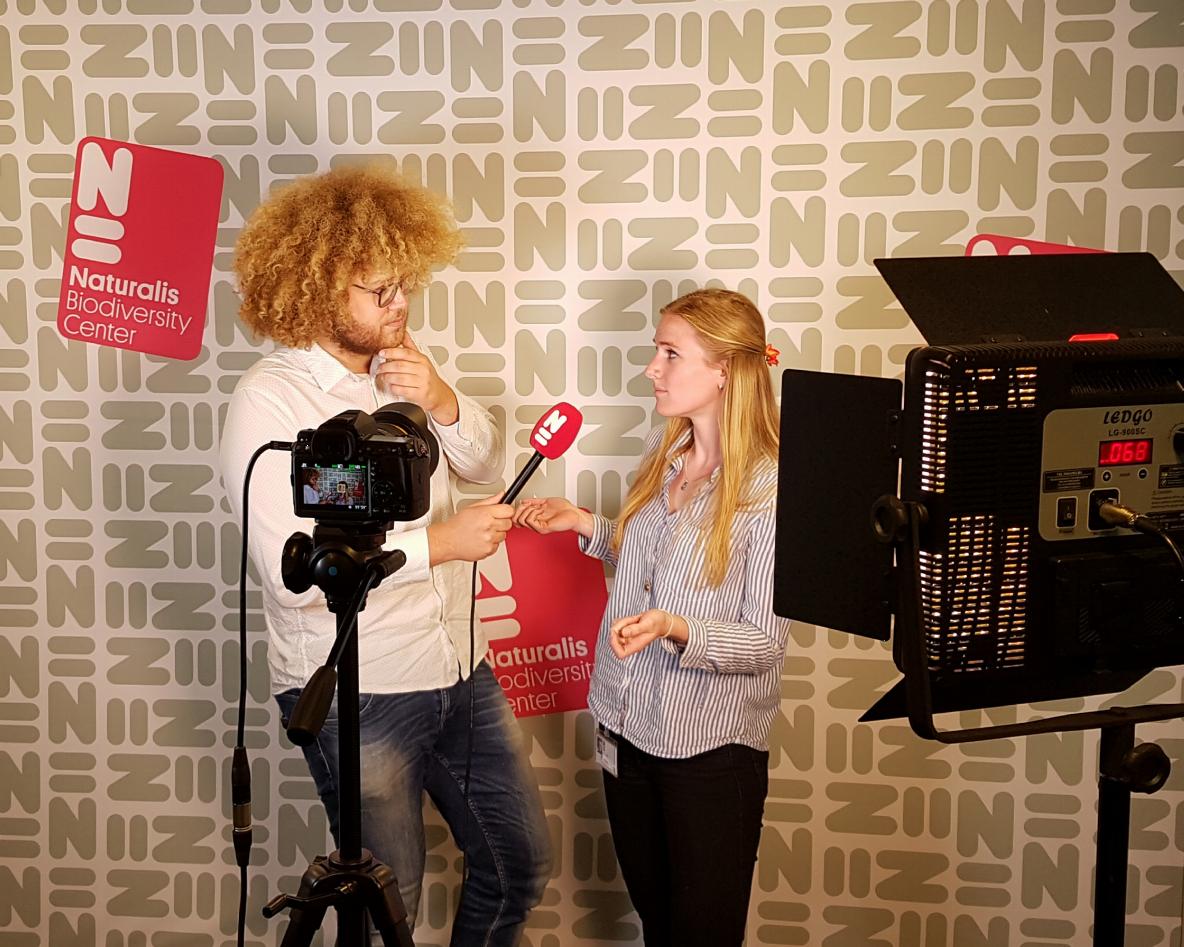Cultivated snake venom glands
Our fellow researcher Freek Vonk and professor Hans Clevers (Hubrecht Institute, KNAW) explained a publication in Cell last night at the talk show 'De Wereld Draait Door'. The publication is about mini-organs that produce poison. A group of scientists from…
The determination of fishes is a piece of art
Learning about the biodiversity of fishes is a fine piece of art. And now literally, thanks to a crowd-sourcing project where you can identify fish by analyzing old paintings and drawings. Thanks to the Naturalis Biodiversity Center and the Leiden…
Naturalis and Albert Heijn join their efforts for biodiversitity
Many plants on the island of New Guinea are being threatened with extinction. The indigenous languages and customs associated with the plants run the same risk of disappearing. An international team of biologists, including from Naturalis Biodiversity…
Scientists in action for insect conservation
Many plants on the island of New Guinea are being threatened with extinction. The indigenous languages and customs associated with the plants run the same risk of disappearing. An international team of biologists, including from Naturalis Biodiversity…
Naturalis ontvangt 275.000 bezoekers in 4 maanden
Many plants on the island of New Guinea are being threatened with extinction. The indigenous languages and customs associated with the plants run the same risk of disappearing. An international team of biologists, including from Naturalis Biodiversity…
Marine gastropod named for discoverer after 47 years
47 years after plankton expert Siebrecht van der Spoel caught a number of sea snail in his net in the South Pacific, the snail he discovered has at long last been declared a new species. Using modern techniques, Naturalis Biodiversit Center biologists were…
Climate change threatens biocultural diversity on New Guinea
Many plants on the island of New Guinea are being threatened with extinction. The indigenous languages and customs associated with the plants run the same risk of disappearing. An international team of biologists, including from Naturalis Biodiversity…
Invasive coral is old acquaintance
A presumed invasive coral species that was discovered in the reefs around Curaçao is not invasive after all. The coral is in fact a native species that normally resides in deeper water, but has migrated to more shallow waters. That is the conclusion of of…
New study concludes: third of African tropical plants endangered
A third of the tropical plant species in Africa is possibly endangered and another third is at risk of becoming endangered. That is the conclusion an international team of scientists, including from Naturalis Biodiversity Center, published in Science…









